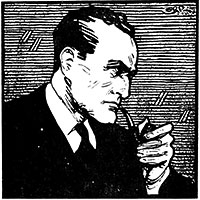 Sexton Blake, a hugely popular British character during his time, is probably the best known of the various Sherlock Holmes knockoffs, which is interesting, because he didn’t start out as such.
Sexton Blake, a hugely popular British character during his time, is probably the best known of the various Sherlock Holmes knockoffs, which is interesting, because he didn’t start out as such.
Created in 1893, he was published in numerous stories (some 4,000 by 200 authors!) and comics up until the 1970s, along with radio shows and movies, and even a TV show. He fell out of popularity in the ’70s, but in recent years several stories have been reprinted by various publishers.
Sexton Blake is apparently the third-most published character, with either Nick Carter or the now largely forgotten Dixon Hawke as the first two (which is which is debatable). I find it interesting that Dixon Hawke doesn’t even have a Wikipedia entry!
Blake started out as a more or less standard detective in 1893. Created by Harry Blyth (under the pen-name Hal Meredeth), he was by most accounts a not very interesting character. In his first story (“The Missing Millionaire,” recently reprinted as part of the Dime Novel Cover Series along with a re-written version), he was assisted by French detective Jules Gervaise. In the second story (“A Christmas Story,” also recently reprinted in the Dime Novel Cover Series), the two teamed up in a detective agency. But by the third story, all the secondary characters from the prior two stories were dropped.
Blyth was by all accounts a poor author, and once others got control of the character after his death, Blake started improving. By the late 1890s, the intent was to make the character more like Sherlock Holmes, though more action oriented. So calling him a pastiche won’t be accurate, as he was not created as such. This was the start of the character’s “golden age.” He got an assistant, Tinker, a street-wise orphan who became a capable young man. He had friends in Scotland Yard and the assistance of other detectives, and soon also gained a housekeeper and Pedro the bloodhound. He even moved into 221B Baker St. for a period of time!
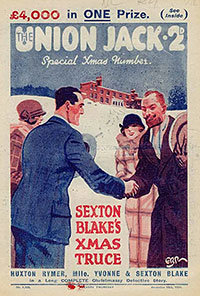 Blake also had many reoccurring villains, though it appears the more interesting ones, the more fantastical ones, appeared pre-WWII. Often the fame of a hero is due to their “rogue’s gallery,” and this seems very true of Sexton Blake, who is not that interesting of a character. Keep in mind that with the large number of stories being written by several authors, creating reoccurring foes should be expected. His major foe is George Marsden Plummer, a former Scotland Yard detective who went bad. Another interesting opponent is Waldo the Wonderman, who started out as a foe, and later reformed and became a friend to Blake, assisting him on some cases. Waldo had strength, could contort his body, and was invulnerable to pain.
Blake also had many reoccurring villains, though it appears the more interesting ones, the more fantastical ones, appeared pre-WWII. Often the fame of a hero is due to their “rogue’s gallery,” and this seems very true of Sexton Blake, who is not that interesting of a character. Keep in mind that with the large number of stories being written by several authors, creating reoccurring foes should be expected. His major foe is George Marsden Plummer, a former Scotland Yard detective who went bad. Another interesting opponent is Waldo the Wonderman, who started out as a foe, and later reformed and became a friend to Blake, assisting him on some cases. Waldo had strength, could contort his body, and was invulnerable to pain.
And not to be forgotten is the Byronic villain, Zenith the Albino, who seems a partial inspiration for Michael Moorcock‘s Elric. Some have even written new Zenith stories in recent years. Blake even had a Fu Manchu-like foe in Prince Wu Ling and his Brotherhood of the Yellow Beetle. His Irene Adler, so to speak, was Mlle. Yvonne de Cartier, actually from Australia. Later on, half the time she was a spy and head of a detective agency, the other half the head of a criminal cartel! And keep in mind we are just scratching the surface of his many foes.
As noted, there were many Sexton Blake comic books, radio shows, movies (both silent and “talkies”) and a TV series. I have never read or seen these, so can’t comment as to their quality.
In the last few years, I’ve seen several reprints of original Sexton Blake stories. Joseph Lovece has reprinted the first two stories in his “Dime Novel Cover Series.” A good selection of classic stories is available from Wordsworth Editions: “The Casebook of Sexton Blake.” Some with more knowledge of the character has complained that this is not as good as a “best of” collection. If so, maybe someone can do a better job. I see other reprint collections pop up on Pulp Coming Attractions, so there are others. It may be worth checking out Sexton Blake to see an early rival of Sherlock Holmes.

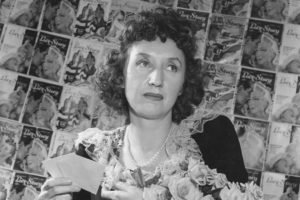
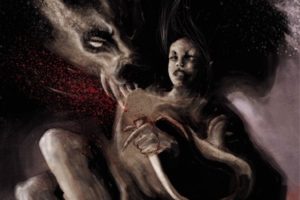
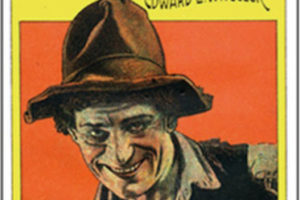
Two Blake movies, The Hooded Terror and The Echo Murders are both easily findable streaming online. They, like the mid-century Nick Carter movies, suffer from a lack of something you pointed out in the article: a good arch villain. There is such a rogues’ gallery of great characters to pick from I don’t get why they were never represented in film or radio. So the movies wind up being generic capers with nothing to set them apart or make them feel Blake-like.
Though not nearly as well crafted as Doyle’s creation, the Blake stories are typically good pulp-like fun.
`E’s a good bloke, an early Saint without the “wink wink.”